Food is the essence of life. It fuels us, brings us together, and connects communities to their cultures. It can even be the way to someone’s heart. What and how we eat is also crucial in the battle to sustain our lives — and all life — on this planet.
Industrial food systems generate more than one-third of all greenhouse gas emissions. The processes we rely on to produce, transport, and store meals and raw ingredients, not to mention the landfills overflowing with leftovers, are accelerating climate change — which is in turn already impacting the availability of staple foods. But across our rapidly warming globe, people are reimagining food pathways and offering visions of a world where what we eat sustains both us and our ecosystems, where everyone has access to the sustenance they need, and where our diets adapt to a changing climate and help mitigate it.
In this cookbook, we explore that future through eight foods that show what sustainable, resilient eating could look like. From sustainable proteins to plants that are restoring native ecosystems to crops that can grow even in harsh drought conditions, these climate-friendly foods offer a taste of a brighter future — and a way to bring that future into your kitchen right now.
Camas | Crickets | Algae | Pawpaw | Lionfish | Perennial wheat | Precision fermented dairy | Collard greens

Camas
This once-prevalent root vegetable reveals a path to restoring native ecosystems
In the Pacific Northwest, camas, a flowering plant with a starchy bulb, was once a key carbohydrate in the diets of Indigenous peoples. But camas and the prairies that supported it have largely vanished — replaced by development and industrial agriculture. Today, tribes like the Jamestown S’Klallam Tribe of Sequim, Washington, are reintroducing camas and other native food plants, and restoring the land-management practices that helped them flourish. Camas is just one example of how Indigenous communities are striving to reestablish traditional diets and cultural practices by restoring the ecosystems that sustain them.
Learn more about it: The Indigenous tribe reviving native camas and the prairies that sustain it
Get cooking: Twice-cooked camas (or sunchoke)

Crickets
Insects can be a sustainable alternative to animal protein — for your pets, too
The livestock sector accounts for 14 percent of greenhouse gas emissions worldwide, contributes to deforestation and the loss of biodiversity, and is a major cause of water pollution. Humans can lessen our climate impact by reducing meat consumption, which could include switching to protein-rich, mega-efficient insects. But if you can’t imagine eating crickets, think about another member of your household who might: your pet. In the United States, dogs and cats consume about 25 percent of the calories derived from livestock. If all those pets were a country, it would rank fifth in the world in meat consumption, and insect-based food and treats are emerging as one way to make a climate-friendly swap for our furry friends.
Learn more about it: Looking for a more sustainable dog food? Try insects.
Get cooking: Peanut butter, banana, and cricket smoothie (pet-friendly!)
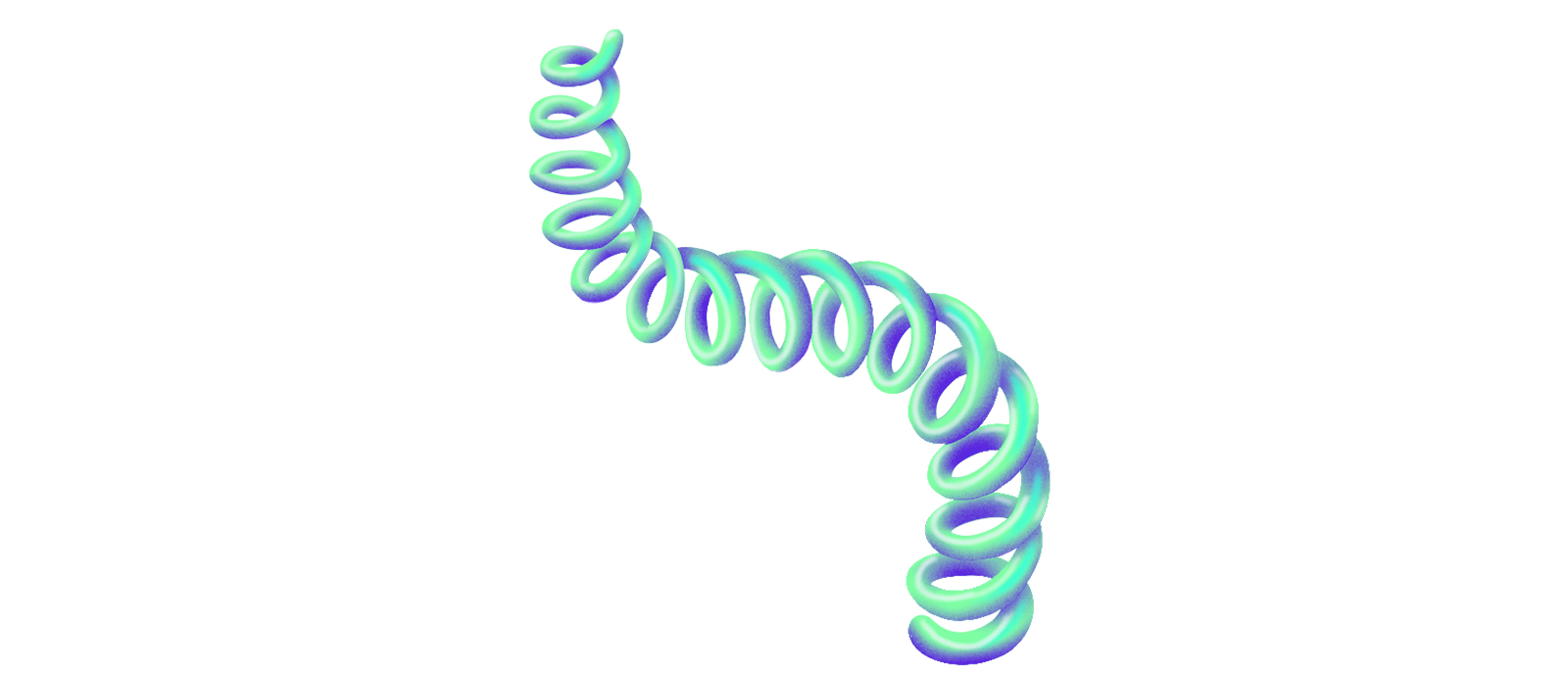
Algae
This highly adaptable single-celled organism doesn’t need fresh water to thrive
As the climate shifts and both water and arable land become increasingly scarce, raising conventional crops will grow ever more difficult. Algae, including the edible spirulina, can do something other crops cannot: grow without fresh water — or soil. Algae farmer Jonas Guenther describes it as “a crop for people who want to turn climate-stressed land into more productive, more resilient forms of agriculture.”
Learn more about it: Algae could be a ‘magic crop’ for a drought-stricken world
Get cooking: Veggie spirulina meatballs
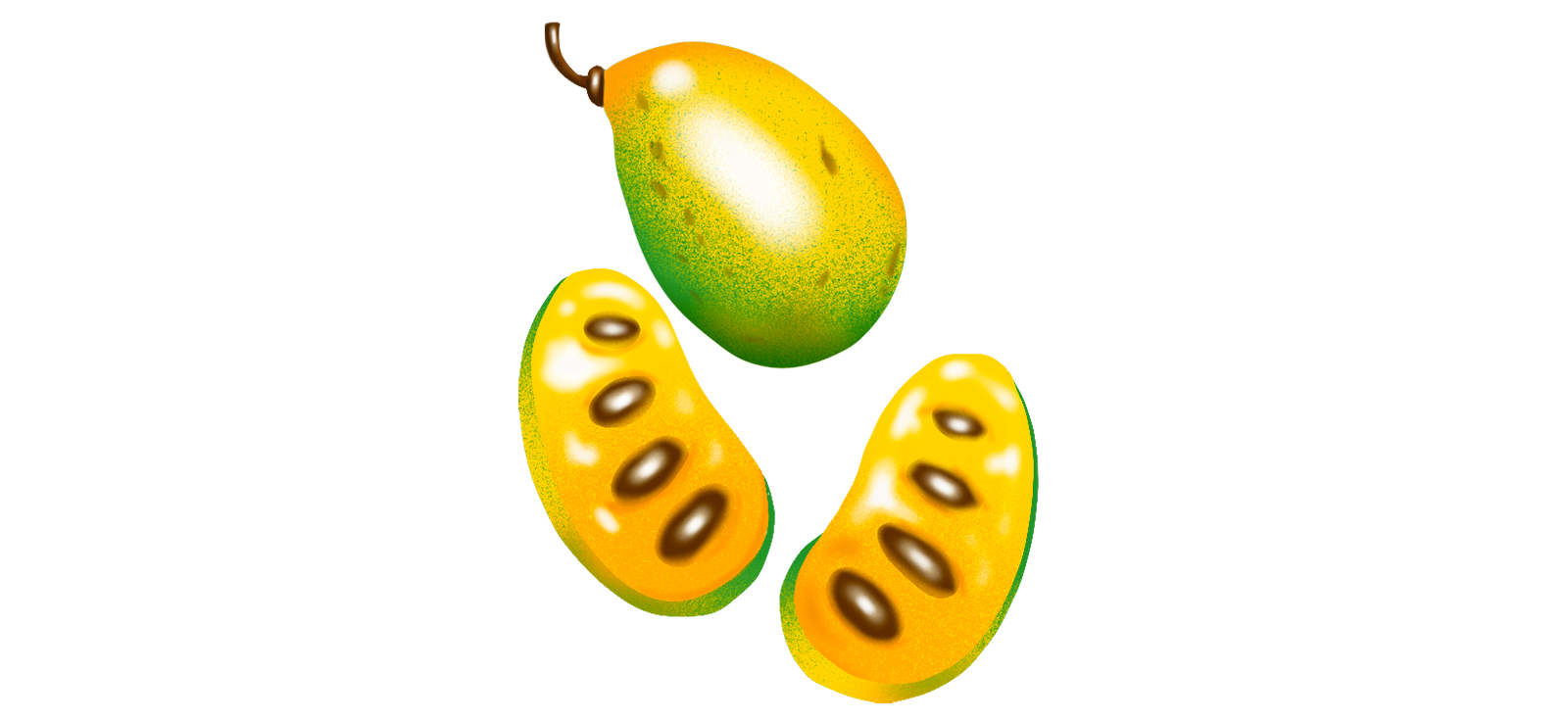
Pawpaw
Food-bearing trees in urban neighborhoods can turn planting trees into a two-for-one climate solution
Twelve percent of U.S. households are food insecure. The neighborhoods most impacted by food insecurity and poor nutritional options also typically have far fewer trees and green spaces, leaving them with poor air quality and hotter summers. In Philadelphia, local communities and city officials are using tree-planting programs to not only improve shade cover, but also bring food-bearing trees, like the hearty pawpaw, to frontline neighborhoods. Philly has transformed schoolyards, parks — even empty lots — into bountiful orchards that show one path toward alleviating food insecurity and nourishing communities.
Learn more about it: Cities are planting trees. Why not make them fruit trees?
Get cooking: Fermented pawpaw hot sauce
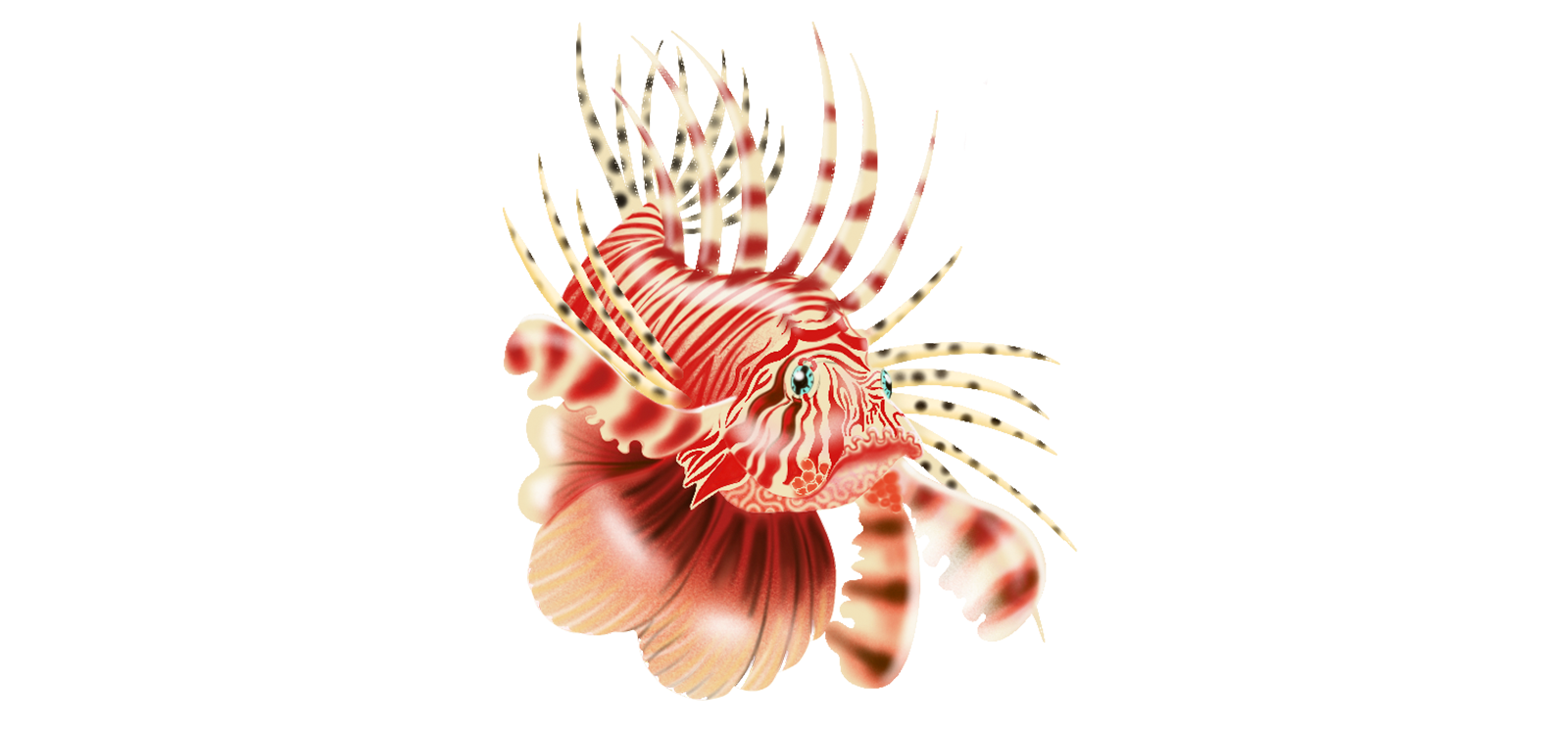
Lionfish
Eating this invasive fish species could help protect the ecosystems it’s ravaging
Climate change is creating conditions that allow nonnative species to spread into new ecosystems. Warming seas have allowed lionfish, for example, which have wreaked havoc on Florida’s coastline, to migrate as far north as Rhode Island during the summer. Putting them on dinner plates as a replacement for other, less prevalent species, could be one way to help mitigate their impact on Florida’s reefs and ease pressure on overfished species like snapper and halibut. As one NOAA scientist puts it, “We want to fish them unsustainably, in a way, for conservation purposes.”
Learn more about it: How eating invasive, and tasty, lionfish could save marine reefs
Get cooking: Chef Al Massa’s pan-seared lionfish with forbidden rice
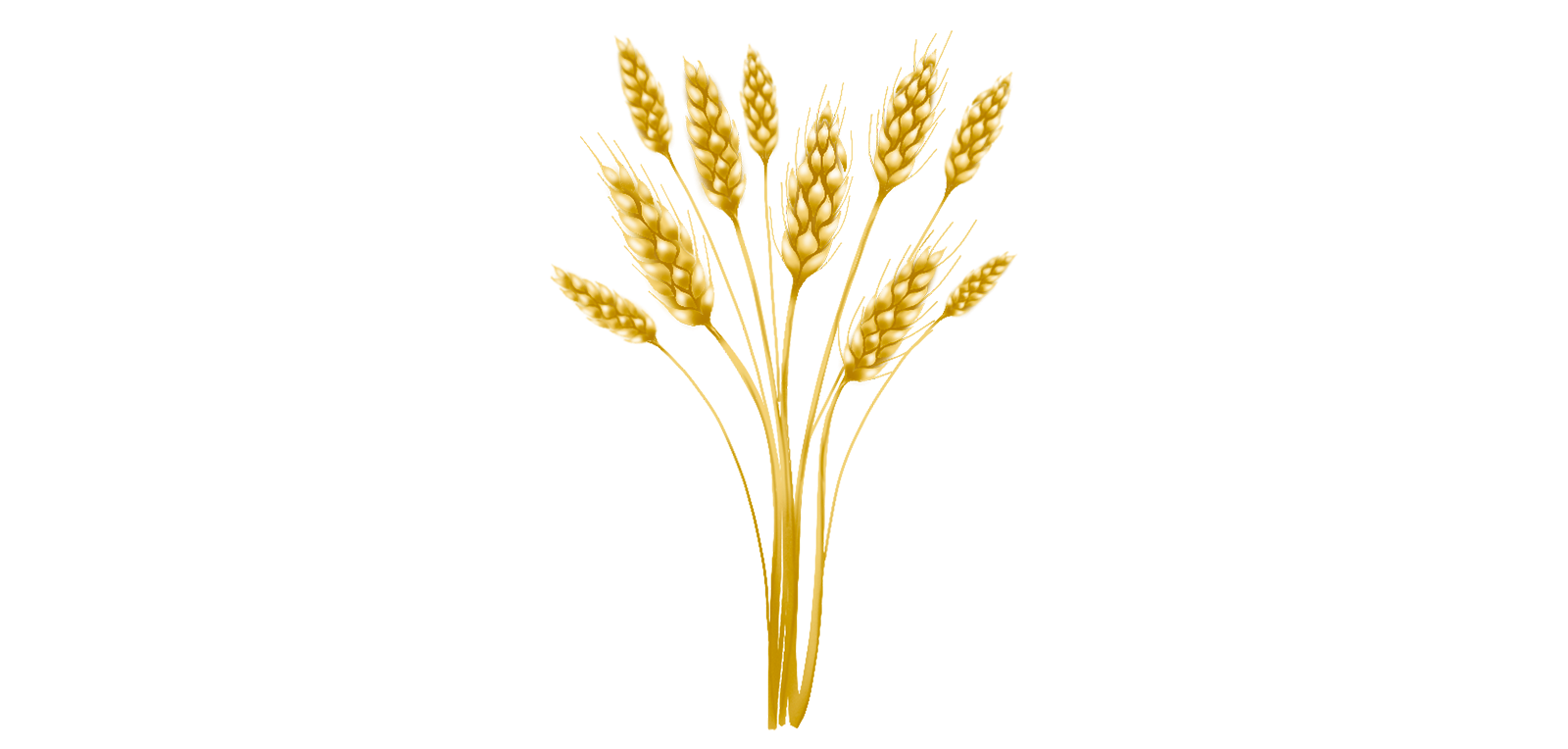
Perennial wheat
This climate-resilient version of a dietary staple nourishes the land it grows on
Wheat, corn, and rice cover 70 percent of the earth’s cropland and account for 70 percent of global calorie consumption. Conventional agriculture uses annual crops, which must be replanted each year, requiring frequent tilling of the soil — a process that releases stored carbon and destroys the ecosystems within. Perennial crops, on the other hand, continue growing year after year, contributing to a rich soil ecosystem that sequesters vast amounts of carbon and makes farmland more resistant to erosion, flooding, and other climate impacts. The perennial grain Kernza is already commercially available, and experiments are underway to develop a perennial wheat that can match the yields of the annual variety.
Learn more about it: How perennial wheat could reverse the damage of industrial agriculture
Get cooking: Mushroom quiche with perennial wheat crust

Precision fermented dairy
Scientists have found a way to make real dairy by milking microbes instead of cows
The world’s appetite for dairy is exploding, and meeting that rising demand is expected to require even more cows than the 270 million the dairy industry currently uses to produce milk. Dairy cows, like beef cattle, have colossal carbon and methane footprints. One rising solution is precision fermentation, a process primarily used to produce insulin and vitamins, which can create key milk proteins by brewing specially programmed yeast and fungi. That whey and casein can then be used to make milk, cheese, and other dairy products, generating fewer emissions and less waste. It’s a particularly powerful possibility for cheese, which is notoriously less tasty as a vegan product, and which requires more water per pound than beef or lamb.
Learn more about it: Precision fermentation may be the secret to better vegan cheese
Get cooking: Insalata caprese with ‘moo-less’ mozzarella
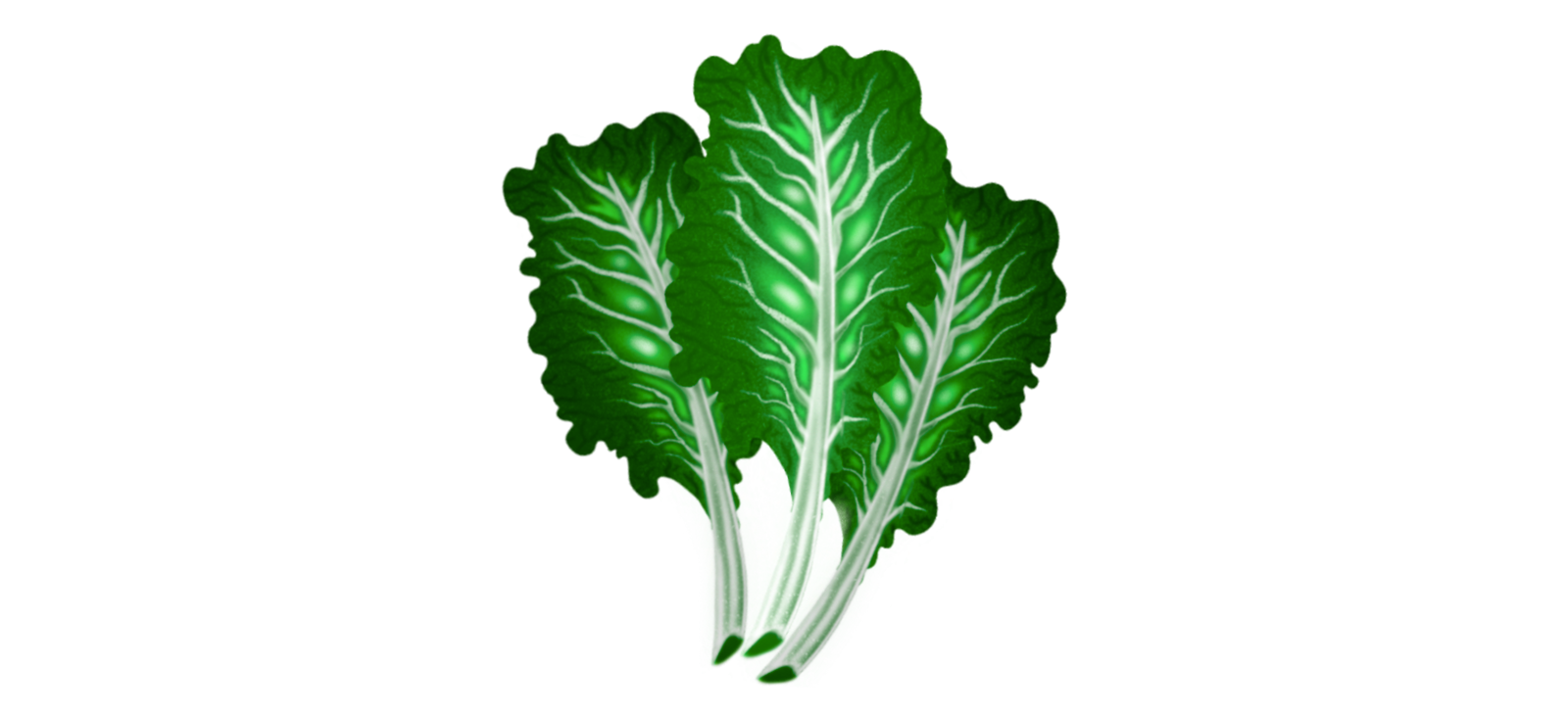
Collard greens
How urban farms can reconnect city dwellers to their food and their communities
In a world where many of us live at a literal and metaphorical distance from the food we consume and the land where it’s grown, urban farms and gardens provide one space for reconnection, while producing seasonal, organic food close to home. At Yes Farm, an urban farm and co-op in Seattle, for example, Black land, food, community, and connection take center stage through meaningful crops like the symbiotic Three Sisters, and collard greens. “Tending the plants has helped me tend myself,” says farm manager Hannah Wilson, “and because I have more food, I can care for others more.”
Learn more about it: At an urban farm, a community connects to their food and to each other
Get cooking: Easy seasoned collard greens
Page credits
Writing by Avery Schuyler Nunn. Reporting by Claire Elise Thompson, Marigo Farr, Maddy Lauria, Mickal Aranha, Naoki Nitta, Syris Valentine. Editing by Chuck Squatriglia. Art direction by Mia Torres. Illustrations by Lily Lambie-Kiernan. Managing editor Jaime Buerger.




